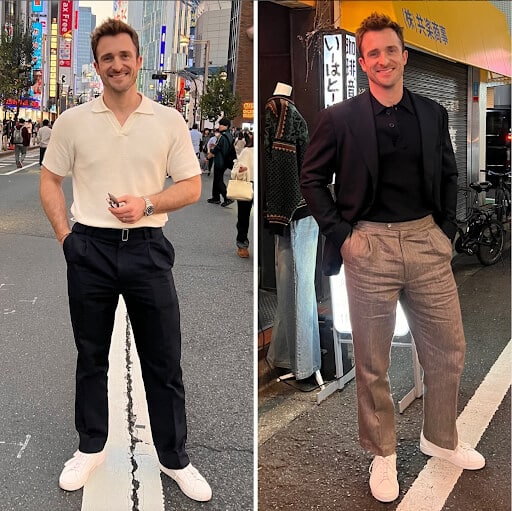The digital revolution has fundamentally transformed many industries, and sports are no exception. Online broadcasting has emerged as a powerful force in reshaping how audiences experience and engage with sports. This shift is not just about the convenience of watching games from any location; it is a profound change that affects everything from fan interaction to revenue streams for sports organizations. In the past, fans relied heavily on traditional media—TV networks and radio—to follow their favorite teams and athletes. Broadcast schedules were fixed, often leading to frustration for viewers who could not always tune in. The advent of online broadcasting has eliminated these constraints, providing fans with unprecedented flexibility and access. Streaming services allow for live coverage of games, along with the ability to watch on-demand replays and highlights. This shift to digital platforms means that sports content is available anytime, anywhere, breaking free from the limitations of traditional broadcast schedules.
Moreover, online broadcasting has democratized sports viewership. Previously, regional or national broadcasters controlled what was aired and when. Now, digital platforms enable niche sports and lesser-known leagues to reach global audiences. This inclusivity helps to promote a wider array of sports and provides smaller teams and leagues with the opportunity to gain visibility and grow their fan base. For instance, sports that might not have had national broadcast deals are now finding audiences online, expanding their reach and influence. The impact of online broadcasting extends beyond just the viewing experience. It has also created new revenue models for sports organizations. Subscription-based streaming services, pay-per-view events, and digital advertising are generating significant revenue. This financial shift is particularly beneficial for sports leagues and teams, as they are no longer dependent solely on traditional media deals and gate receipts. Additionally, the direct interaction between fans and digital platforms has opened up new avenues for merchandising and sponsorship opportunities.
Brands can now engage with targeted audiences through interactive ads and content tailored to specific fan interests. Furthermore, online broadcasting enhances fan engagement through interactive features. Social media integration, live chats, and real-time statistics are just a few examples of how digital platforms allow fans to interact with the game and with each other. These features foster a sense of community and make the viewing experience more immersive. Fans can share their opinions, participate in polls, and engage in discussions, all while watching the game live. The digital revolution in la grada sports, driven by online broadcasting, is revolutionizing the way fans experience and interact with their favorite sports. The flexibility of on-demand access, the democratization of viewership, the introduction of new revenue models, and the enhanced fan engagement all point to a future where digital platforms play an integral role in the sports industry.


